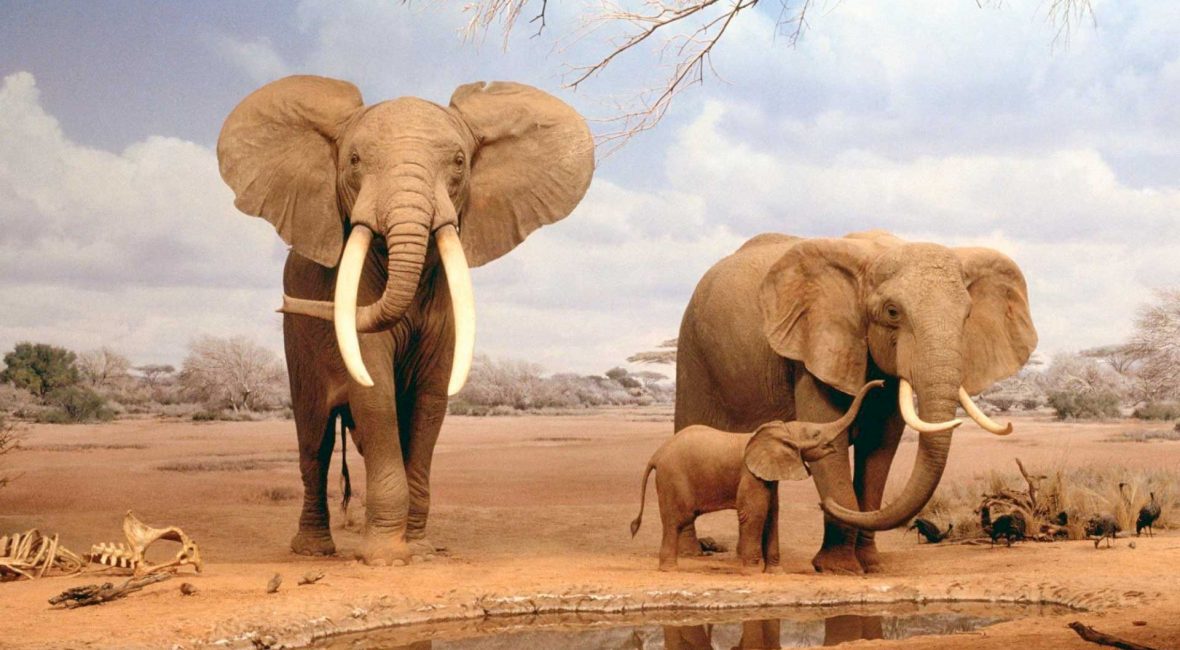POACHING: CAN TECHNOLOGY HELP PREVENT EXTINCTION OF AFRICA’S BIG GAME?

Africa is home to many attractive wildlife sceneries than any other part of the world. However, the wildlife is facing the risk of extinction due to the increased poaching activities especially on elephants and rhino tasks and skins. It seems like the efforts by African governments to curb poaching are no bearing any positive results. Perhaps it’s time that Africa resort to technology to turn around the state of fighting a losing battle.
The war on poaching can best be fought through technology and many several African states are taking the new technology driven path. For instance in the sub-Saharan African countries such as Kenya, rhinos are fitted with Global Positioning System (GPS) trackers, spy cameras and heart rate monitors to track their activities and location. These tracking devices are embedded in the horns. These and many high-tech but small devices are a game changer in the fight against poaching in Africa.
As the wildlife smuggling activities and networks grow more sophisticated, so are the methods to track them down and put an end to it. Here are a few highlights on how technology is being applied to stop the crimes against endangered wildlife of Africa.
DNA Analysis
This is a proven game changer in the fight against poaching, started by Samuel Wasser at the University of Washington. The DNA of poached ivory are analysed and a comparison with DNA based mapping elephant populations done. This allows the investigators on poaching to easily pinpoint the source of the illegal ivory and focus their enforcements on the high risk regions.
Thermal Imaging
Thermal imaging is used to deal with the problem of patrolling the harsh, vast and remote regions. Thermal imagery cameras are installed to monitor illegal try points in parks and reserved areas. The cameras detect movements and send automatic notification to the game rangers when human figures are detected. The cameras are run by advanced software which are able to distinguish movement of swaying trees from human motions.
Spatial Monitoring and Reporting Tool (SMART)
This is a free software kit that’s already in use in over 120 wildlife conservancies in 27 countries in Africa. The tool has the capability to integrate data from patrols by rangers, the poaching trends, and measuring the progress in the enforcement of a law to help game rangers know their weaknesses and improve their efficiency in combating poaching.
Use of Digital Radio
This is particularly popular technology used in Kenya to combat the crimes against wildlife. The common two way radio network used by rangers was replaced with a digital radio network which enables rangers to converse o a secure link over distances. Normally, the radio networks were prone to security breaches and could be interfered with easily. The digital radio cannot be compromised and help rangers harmonise with headquarters and respond faster to incidences of poaching in the park.
Use of GPS Cameras and Smartphones
Wildlife conservationists from Canada, USA and Kenya came up with an application that can be used by rangers wearing GPS tracking devices that transmit data about the where about of an animal through the local mobile networks or satellite. The rangers are notified when an out of ordinary situation occurs, such as an animal remaining stationery for extended period of time.
These and many other technological advancements have been reported to bear good fruits in the fight against poaching in Africa. Other technological methods that have been successfully applied include use of Virtual Watch Room, mobile apps such as WILDSCAN, advanced mapping and analytics among others. Clearly, Africa has a brighter future I the fight against the extinction of their big game through the use of technology.





Leave a Comment